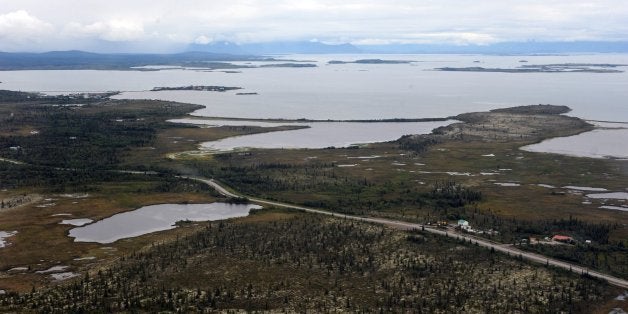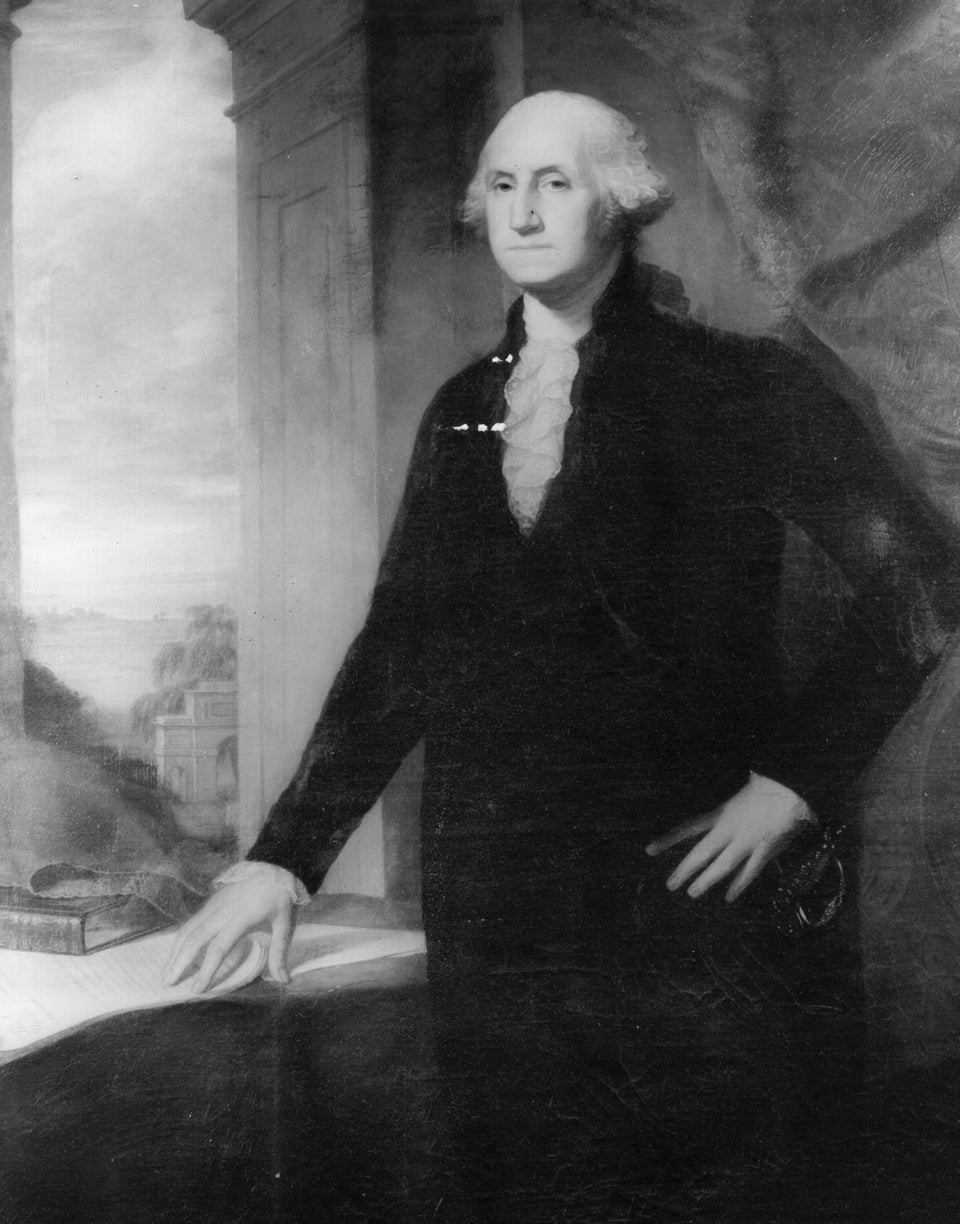
WASHINGTON –- The Environmental Protection Agency announced Friday that it is beginning a process that could block a massive proposed gold mine in Alaska from being built.
The Pebble Mine is a proposed open-pit copper and gold mine that could be up to 2 miles long, a mile and a half wide, and 1,700 feet deep -- the largest of its type in North America. The proposed site for the mine is at the headwaters of the Nushagak and Kvichak rivers, which feed into the Bristol Bay. It is the largest sockeye salmon fishery in the world, producing nearly half of the world's wild sockeye.
The EPA said Friday that it is invoking Clean Water Act protections that would stop its construction, citing concerns about the threat it poses to the bay and the fish that depend on it. EPA Administrator Gina McCarthy said that the agency is taking the step to "ensure that the world's most productive salmon fishery is safe from the risks it faces from what could be one of the largest mines on Earth" in a call with reporters Friday afternoon.
McCarthy cited threats to the region's multimillion-dollar fishing industry, as well as to native cultures that rely on the bay. The agency released a scientific assessment of the bay and proposed mine in mid-January, which McCarthy said provided "ample reason for EPA to believe that a mine of the size and scope of Pebble Mine would have significant and irreversible impacts on Bristol Bay."
This is only the beginning of a process that is expected to take a year to finalize. It doesn't mean that the EPA would ultimately reject the permit application, as it explained in a letter to the Pebble Mine Limited Partnership, which is seeking to build the mine. But it sets up a process by which the agency could eventually do that. There will be public hearings and a comment period before the agency issues a final decision.
Invoking protection under Section 404(c) of the Clean Water Act is rare; the agency has only used it 13 times since 1972. The EPA has invoked its 404(c) authority before a company formally applied for a permit only one other time. "This is not something that the agency does very often, but the Bristol Bay fishery is an extraordinary resource and is worthy of out-of-the-ordinary agency action to protect it," said McCarthy.
Both McCarthy and EPA Region 10 administrator Dennis McLerran emphasized that the Bristol Bay situation is "unique" and "extraordinary."
For groups that petitioned the EPA to block the mine, Friday's announcement was a big win.
"This is a great day," said Shoren Brown, executive director of Bristol Bay United, a coalition of Alaska native, commercial and sport fishermen. "I'm shocked and, at the same time, this is the way the system is supposed to work. The EPA did the science and came to a clear conclusion that Pebble Mine is going to have huge and long-lasting impact."

